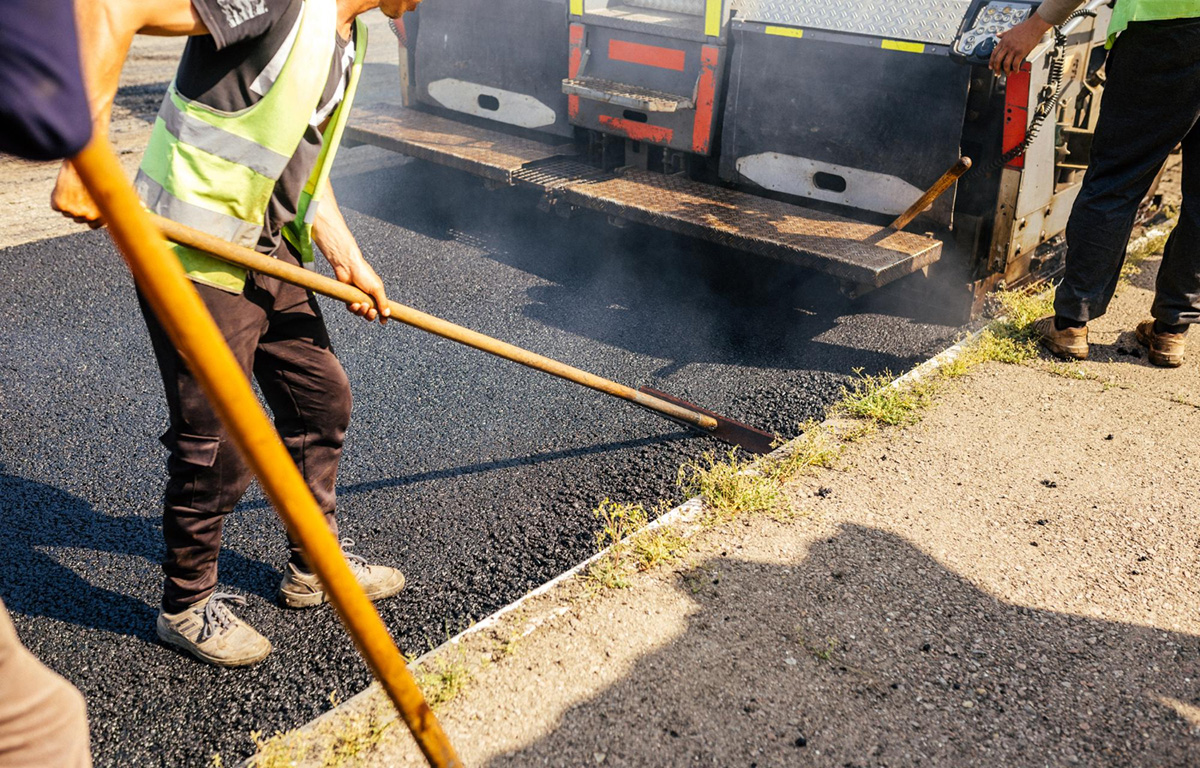Hot VS Cold Patching Materials: Which is Better?

Potholes are a common nuisance in the world of asphalt paving and maintenance. They are not only unsightly but can also cause serious damage to vehicles and even lead to accidents. Fortunately, there are ways to repair potholes and keep your asphalt surfaces safe and smooth. Two of the most popular methods for repairing potholes are hot and cold patching. In this blog post, we will discuss the differences between hot and cold patching materials and help you determine which one is the better choice for your pavement repair needs.
Hot Patching Materials
Hot patching is a procedure that involves the use of a hot mix asphalt to repair a pothole. The hot mix is heated to about 300 degrees Fahrenheit to ensure it is malleable, easily spreadable and can bond the asphalt together effectively. Once the asphalt is heated, it is cleaned from debris and poured into the pothole, and then compacted.
One of the primary benefits of hot patching is that it provides a longer-lasting repair in comparison to cold mix patches. It creates a stronger bond between the new and the existing asphalt, ensuring that the repair lasts longer. Additionally, hot mix patches tend to be more environmentally friendly, as the asphalt is often made from recycled materials.
Cold Patching Materials
Cold patching is a process where premixed asphalt is used to repair potholes. The premixed asphalt comes ready to use, and there is no need for heating prior to filling the potholes. The mix is poured directly into the pothole, compacted and left to cure.
Cold mix patches tend to be less expensive and easier to apply. You do not need to wait for the mix to heat up, which means that repairs can be done quickly, and the area can be reopened to traffic immediately after completing the repair. However, cold mix patches typically have a shorter lifespan and may not bond as well with the existing pavement. This means that they may require more frequent repairs over time.
Which is Better?
Both hot and cold patching materials have their advantages and disadvantages. The best option will depend on the specific nature of your pothole repair needs. Hot patching is generally better for larger potholes and for areas with higher traffic volume, whereas cold mix patches are best for smaller repairs and may be more cost-effective for short-term pothole repair plans.
It's best to consult a professional asphalt paving contractor to determine which patching method is best suited for your specific situation. They will be able to assess the damage to your pavement and suggest a pothole repair solution that fits your budget without compromising on quality.
Conclusion
Both hot and cold patching methods have their pros and cons. Your decision should be based on the specifics of your pothole repair needs and budget. Consider factors such as the size of the pothole, traffic volume, and the expected lifespan of the repair. Contact a professional asphalt paving contractor in Tavares, FL for guidance on the best method for your situation. At Reliable Pavement Maintenance, we have been providing quality asphalt services in Tavares, FL, and surrounding areas for many years. Contact us today for a free estimate and let us help you determine the best pothole repair solution for your asphalt surfaces.